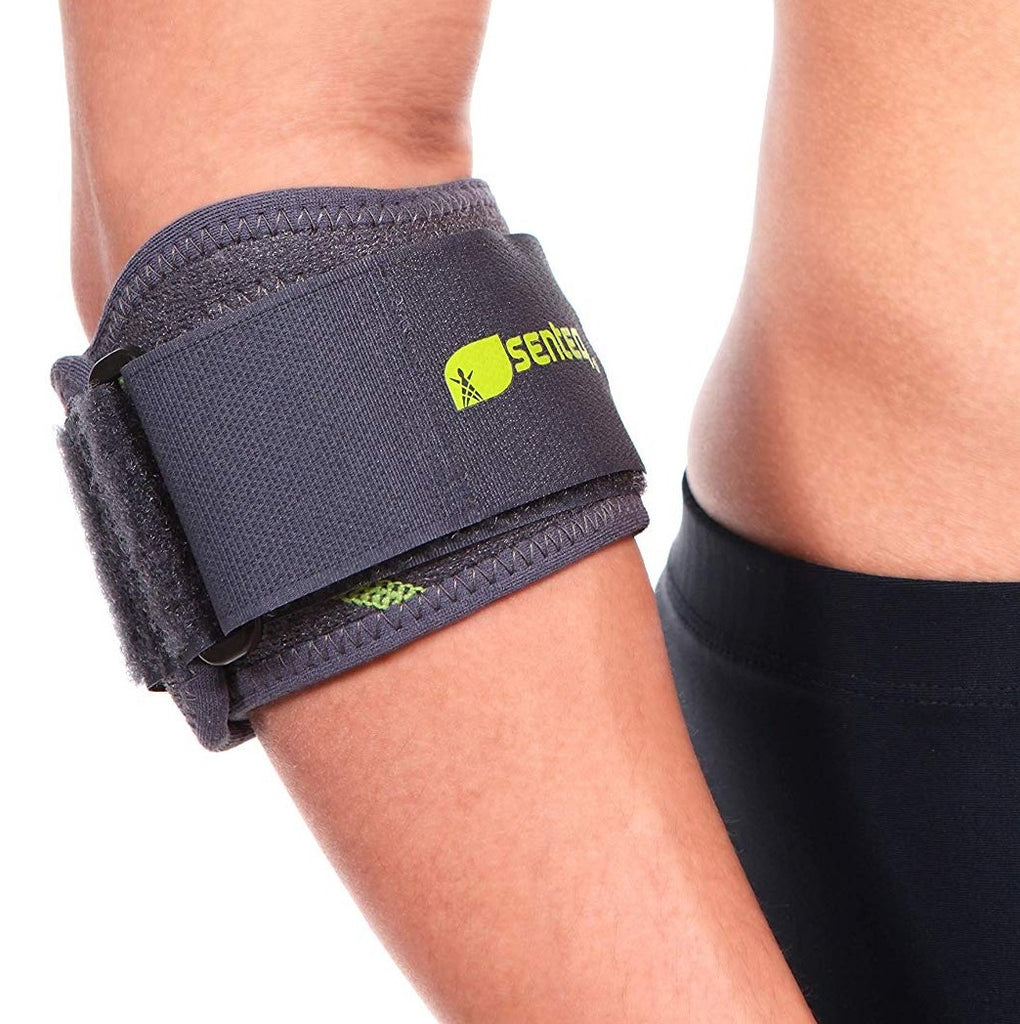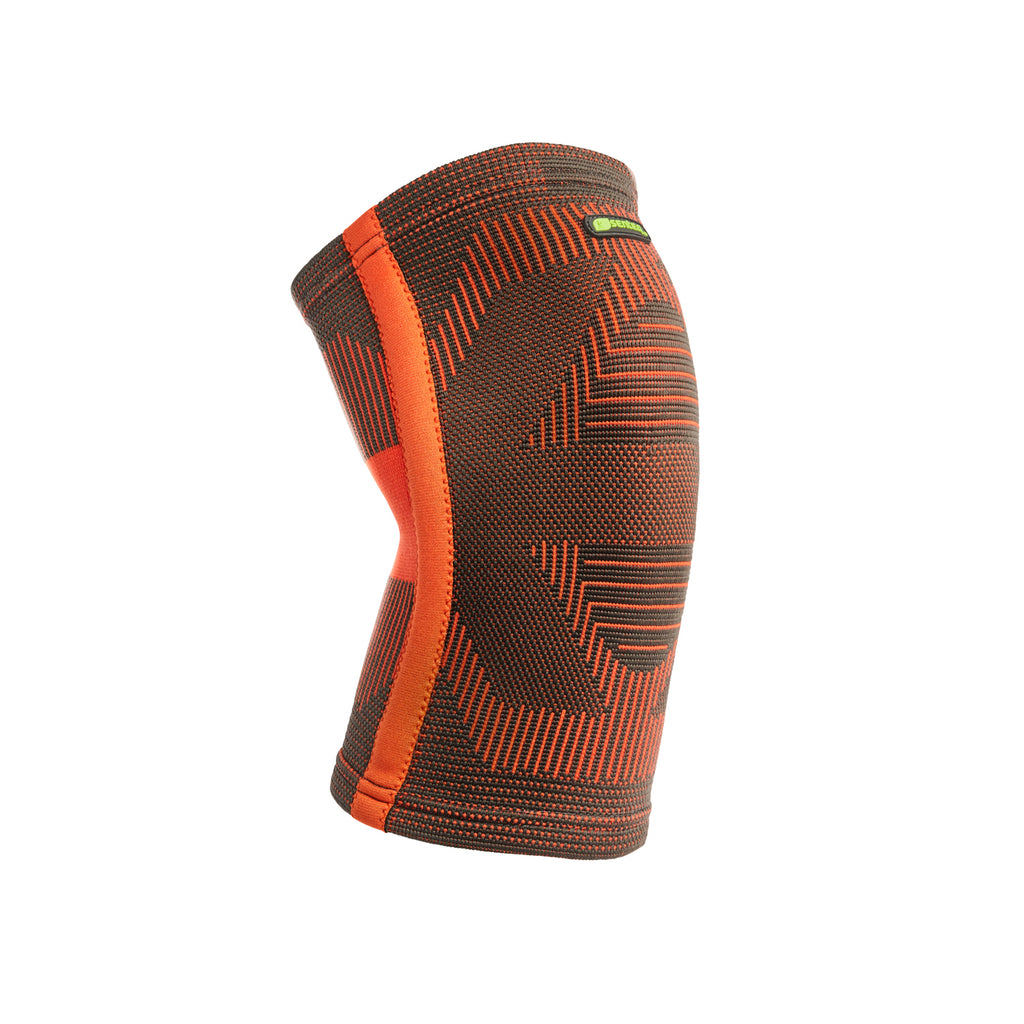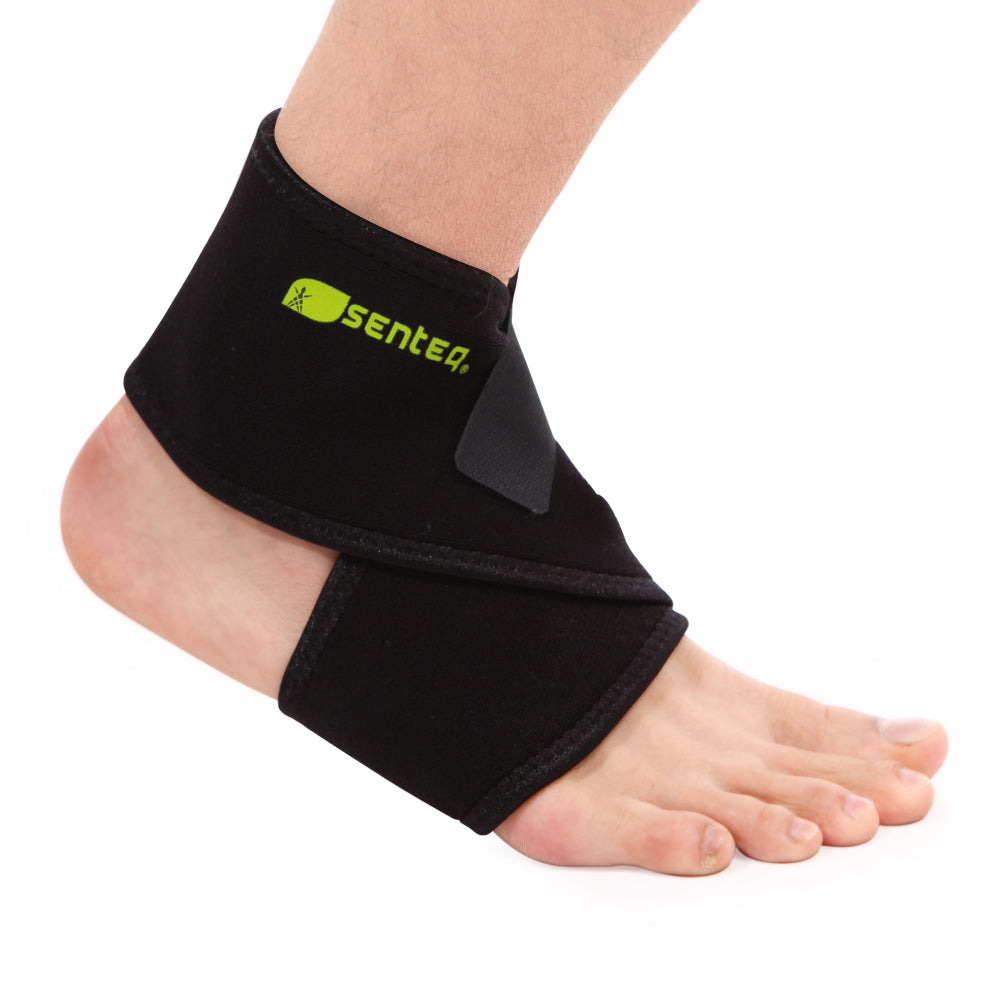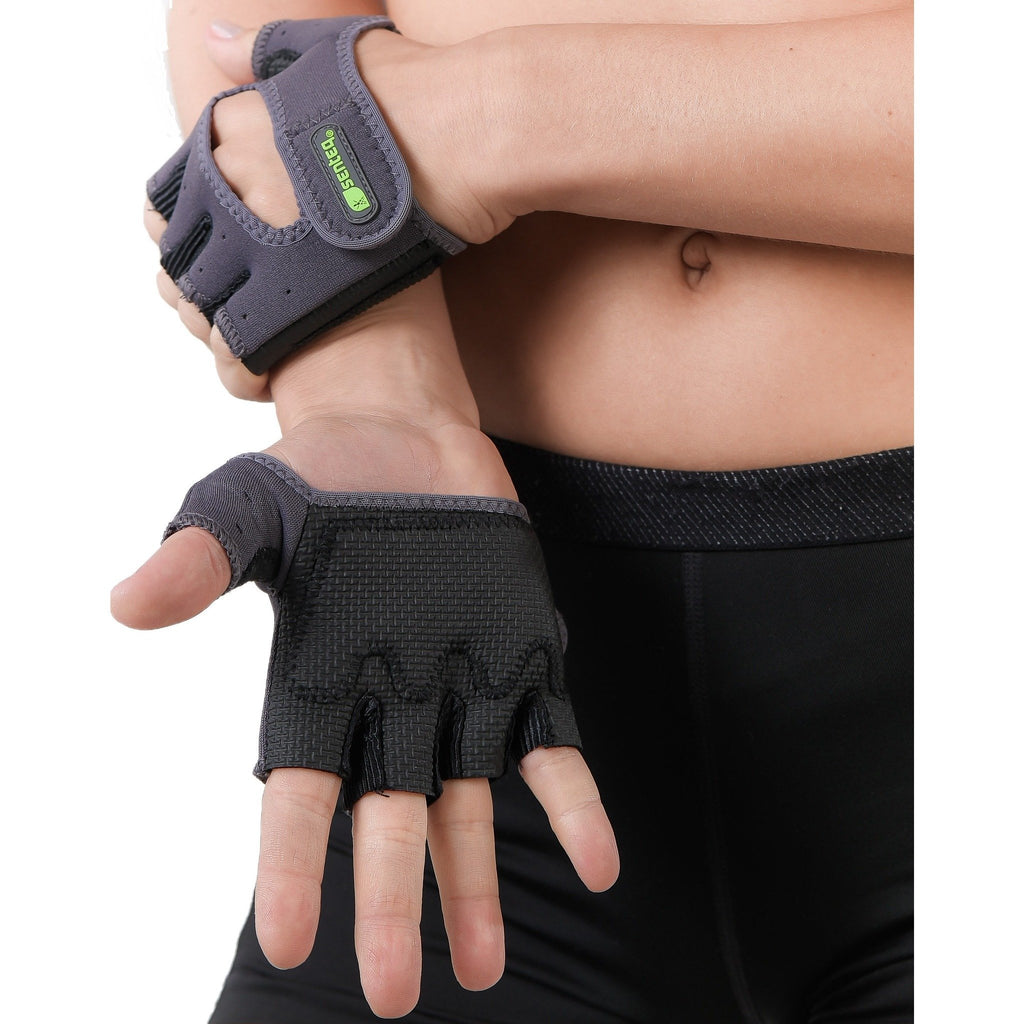10 Tendon Exercises You Must Do Now to Reduce the Risk of Tendon Injury
(Not doing these could cause your stamina and strength)
Tendons are soft tissues that attach muscles and bones. They can withstand a good amount of pressure and stress if they're cared for properly.
You should do tendon exercises regularly to strengthen your tendons. This helps prevent tendonitis; inflammation of the tendon. Injury prevention is vital because tendonitis such as Achilles tendon injury takes a long time to heal.
Another reason why tendon care is vital is that you'll never be able to restore muscle fibers that aren't fully healed. When it comes to working out, most people focus on strengthening their muscles rather than the parts that connect them, like their tendons.
If you're serious about performing well in sports or getting more prominent, this post is for you. Keep reading to find out why it's essential to take care of your tendons and the different types of exercises you can do to strengthen your tendons.
Possible injuries if you don't pay much attention to your tendons
1.Tendon Achilles Tendonitis
If you don't stretch your tendons properly, they can quickly get stiff and painful, causing a lot of damage. This form of tendon injury tends to happen when people overdo it in sports.
2. Tendon Damage
A classic example of this injury is when athletes who play sports like football or rugby don't stretch before they start training or competing. Most people think it's the most vulnerable muscles when working out, but most don't realize that the joints and tendons are just as at risk of being injured.
3. Achilles Tendon Rupture
One way that this kind of injury happens is when you're playing sports, you suddenly stretch your heel and pop! Your tendon tears, and now you have to stop all physical activity for months. That's the last thing you want, so it makes sense to prevent yourself from getting this kind of injury!
Why it's essential to take care of your tendons?
1. Tendons connect our muscles to our bones. This is why it's essential to strengthen your tendons so you can get more out of every workout!
2. Your tendons will get stiff and tired if you don't stretch before a workout. Without a healthy tendon, the strength you've built up from lifting weights or running won't be transmitted to your muscles.
3. You get more flexible and improve your coordination. Suppose we're talking about extreme sports like skateboarding or snowboarding. In that case, it's essential to take care of your tendons because if you don't stretch appropriately during a jump, then it can cause a terrible injury that will sideline you for a long time.
4. You will have stronger tendons which means that they won't break as easily when active. If you don't stretch, your tendon will get weaker and weaker until you notice that it takes a lot of effort to do any activities.
Different tendon exercises you can do
1. Static holds or eccentric contractions
The tendon exercise called "static holds" involves contracting the muscle attached to the tendon for 10 to 30 seconds. Eccentric contractions are also tendon exercises that involve contracting the tendon but letting it lengthen simultaneously.
These are great tendon exercises to do at home because you can easily find a chair, wall, or other support structure.
2. Isometric contractions
Isometrics are advisable since they help strengthen the tendon by using your body weight as resistance. However, beginners should use caution when trying out these tendon exercises to avoid straining themselves.
This kind of tendon exercise involves holding your body in place while being aware of your posture and alignment throughout each movement.
3. Isokinetic contractions
Iso-kinetic tendon exercises involve using machines that move in one direction by resisting the force of gravity. The tendon exercise can be done with isometric or isotonic contractions. Both types of tendon exercises require carefully monitoring how much weight you're putting on your tendon to avoid injury.
4. Plyometrics
Plyometric tendon exercise involves explosive, high-velocity movements like jumping up and down. This exercise is avoided for rehabbing tendon injuries because it isn't advisable when your tendon's still healing.
However, plyometrics are very effective since they help build strength fast, which means better performance. These tendon exercises only are done once your tendons have healed.
5. Passive stretching
This is probably the most popular type of tendon exercise because of its ease and effectiveness. Passive stretching involves gently pulling our limbs until we feel some tension, then holding for 30 seconds or more.
You want to make sure that you're doing this slowly. You can use your arms or legs while doing these kinds of tendon exercises. However, more experienced athletes should only focus on one muscle group using passive stretching since overstretching can lead to injury.
6. Massage
Massaging is a classic tendon exercise that helps prevent injuries from recurring. As long as you have the proper techniques, it's safe to do this type of tendon exercise even if your injured site has healed already because it'll help keep everything in check and allow you to perform at your best.
7. Self-myofascial release
This is another simple but effective way to strengthen tendons is with self-myofascial release tendon exercises. It involves applying pressure on muscles up against tendons which loosens them up, so performing resistance training will be more accessible. This tendon exercise is very similar to trigger point therapy.
8. Static stretching
This type of tendon exercises targets your muscles, joints, and all the areas in between. You can do static stretching by standing or sitting down with a straight back, extending your limbs, reaching for your toes without bending too much at the knees. This is a perfect example of how to stretch out tendons properly.
9. Weight training
Weight training means building muscle mass using weights. However, most people don't know that weight lifting is a great way to speed up recovery. Especially if you're working on your upper body, this means less stress is being placed on tendons that are stronger than our bones.
10. Yoga
This type of tendon exercise consists of following different patterns like an upward dog (for shoulders), downward dog (for hamstrings), warrior 1 (for quads), etc. These yoga poses help you stretch out muscles and tendons without putting too much pressure to avoid further injuries
Summing Up
Tendon exercises are crucial because although they may not seem as attractive as other workouts, it doesn't hurt to do a few sets of stretching every once in a while. It would help if you also warmed up first before putting a lot of pressure on your knees and other joints so that you can prevent being injured.
Disclaimer: Although the information is gathered with great care, please note that the tips given on this website by no means substitute medical advice. If you’re experiencing any pain, consult your healthcare professional immediately and follow his advice regardless of what you’ve learned on this website.










